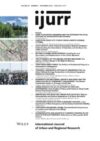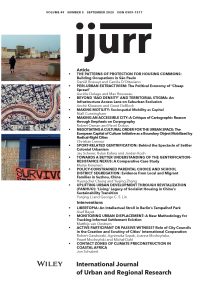‘Motility’ has become a highly influential concept in global mobility and migration studies in the two decades since it emerged in this journal. The call to centralize sociospatial mobility as a form of individual capital gave motility a particular and enduring significance in the wider mobilities turn. Yet efforts to operationalize motility at scale through a quantitative approach remain elusive. In this article I employ a Bourdieusian methodology and nationally representative data from a pan-European project on transnational mobility to address this knowledge gap. Mobility capital is strongly allied to pre-existing structural inequalities within and across generations. However, it can also be seen to operate as an extension of other cultural variants of capital, but one that is still mediated by the nation-state, regardless of background or class trajectory. These findings underscore the urgent need to broaden understandings of ‘soft assets’ such as transnational mobility to spotlight its capacity to generate insidious and novel forms of capital and its potential, therefore, to leverage other forms of advantage in an ostensibly more meritocratic world. Concomitantly, they also underline the increasing relevance and value of motility as an explanatory framework in approaching contemporary global inequalities.
Details
Written by:
Niall Cunningham
Digital Object Identifier (DOI)
https://doi.org/10.1111/1468-2427.13355
About DOI

